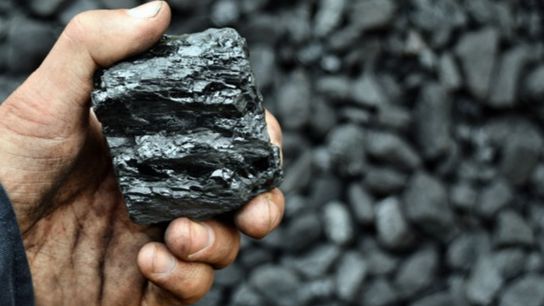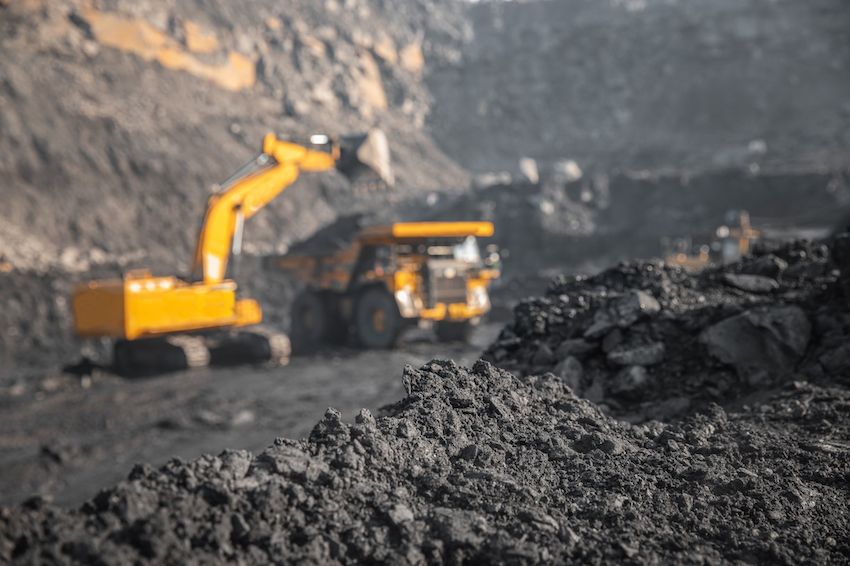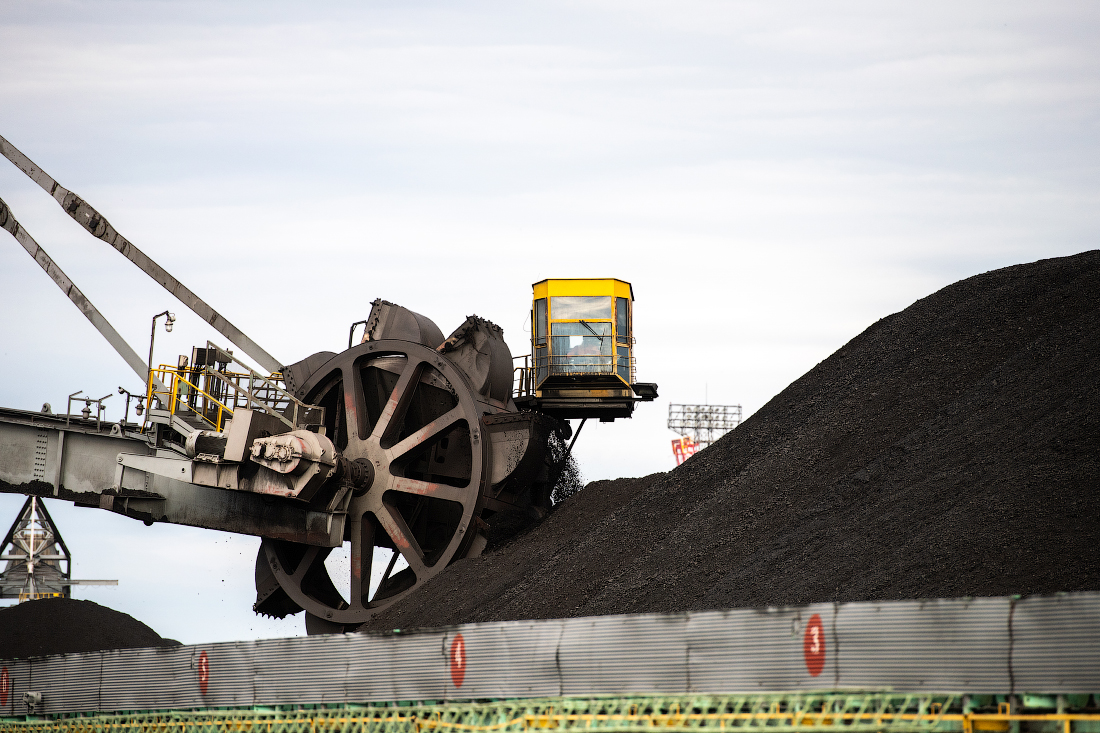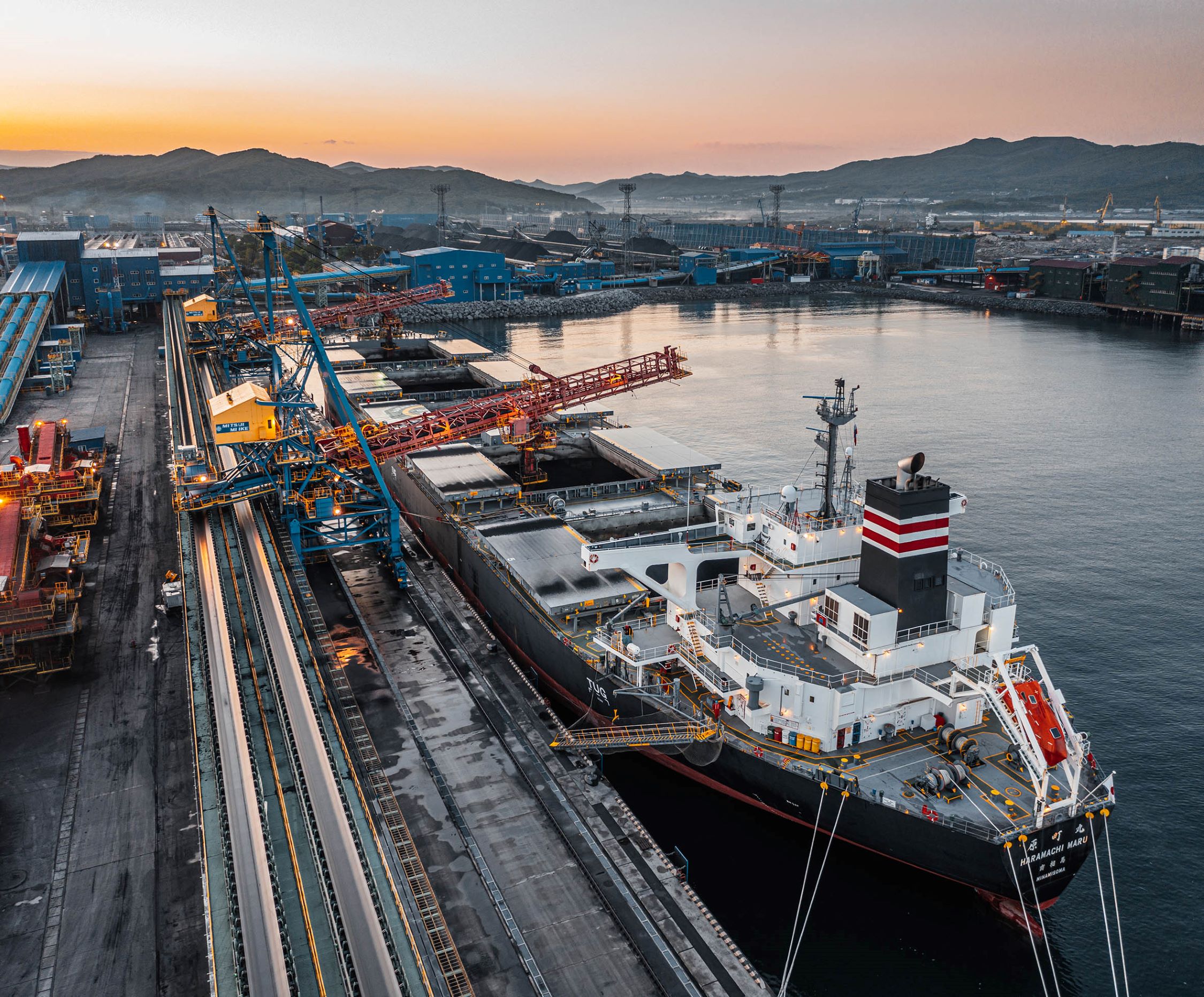
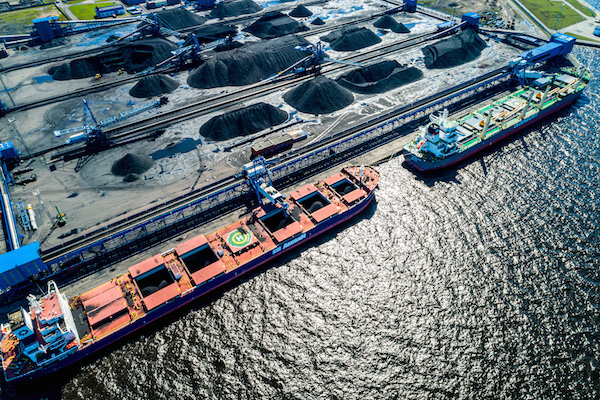
Last week, thermal coal indices in Europe continued its downswing, reaching 50 USD/t.
The growing incidence of Covid-19 leads to a reduction in electricity consumption, putting pressure on coal quotes. According to Johns Hopkins University, 46.94 mio cases of the virus have been confirmed worldwide since the beginning of the pandemic, of which 1.21 mio have been fatal.
On November 02, 2020, the German government introduced restrictive measures to combat the spread of virus. Since October 29, 2020, France introduced a lockdown, which may be lifted in 2021. On November 04, 2020 the Prime Minister of Poland imposed new restrictions to counter virus. An additional factor, limiting the growth of coal indices, was the surge in EU carbon prices of 25.11 EUR/t (+2.08 EUR/t to October 28,2020).
A number of contracts concluded with the deferred delivery of South African coal to India in January 2021 had a positive impact on the South African coal indices.
According to the National Union of miners of South Africa, disagreements between the management of the South 32 mining company and the miners may lead to a strike. The main demand of the workers is a 6% increase in wages.
South African rail operator Transnet will cap the capacity of its Ermelo-Richards Bay coal line at 81 mio t. According to Transnet, the company will not invest in expanding the line’s capacity due to the risk of South Africa coal phase out trend. In January-October 2020, shipments to Transnet’s network reached 72.5 mio t (-4.9 mio t or -6.3% of the target for 10 months of 2020).
Despite Chinese government’s ban on Australian coal imports, demand of Japanese, Korean and Taiwanese energy companies boosted Australian coal indexes.
The growth of Chinese companies’ demand for Indonesian low-calorific material had a positive impact on Indonesian coal prices.
The demand of Indian iron and steel companies for Australian coking material, as well as rising prices for locally produced Chinese metallurgical coal, increased business interest in Australian coking coal and strengthened the prices of metallurgical material of Australian origin.
Source: CAA Analytics
Support our contributors. Follow CAA on Twitter:
[tfws username=”CAA_Analytics” height=”700″ width=”350″ theme=”light” color=”#FAB81E” tweets=”2″ header=”yes” footer=”yes” borders=”yes” scrollbar=”yes” background=”yes”]










